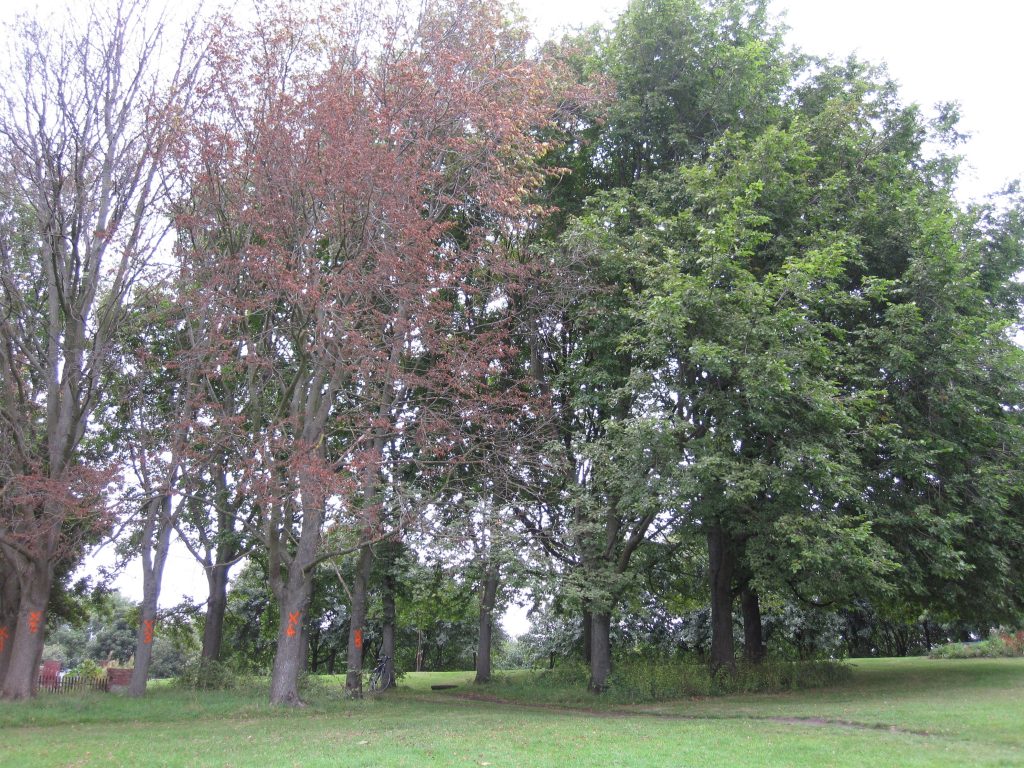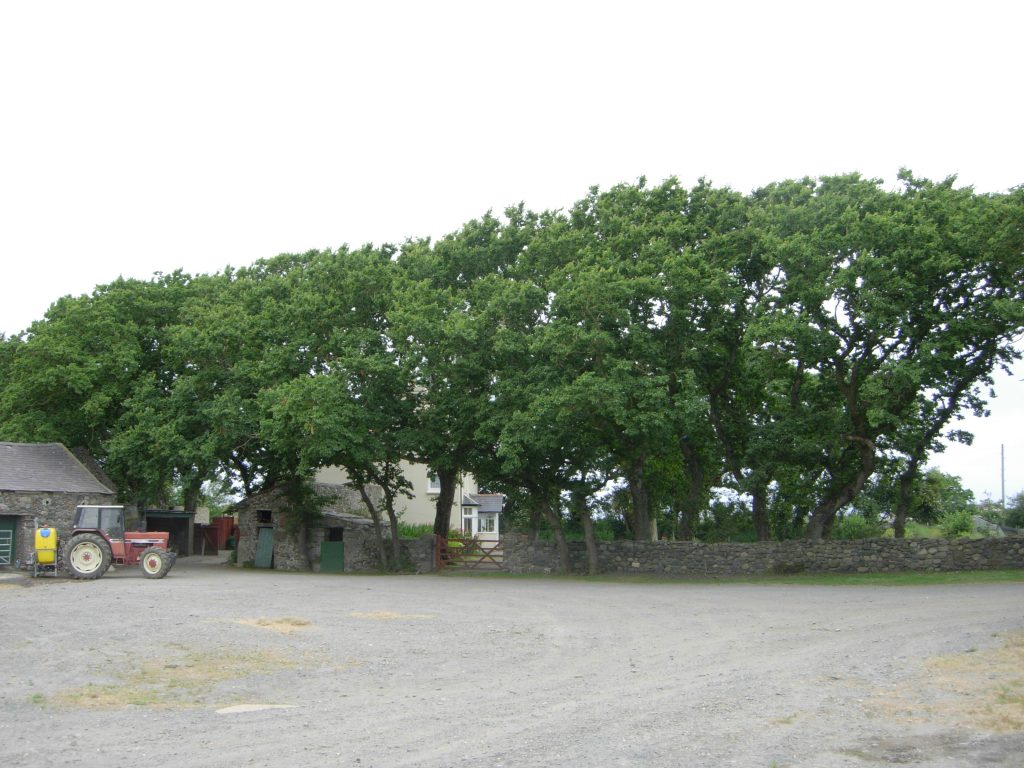The day that Storm Doris arrives seems a fitting time to mention newly published research that suggests cold and windy weather has actually been responsible for holding back the spread of Dutch elm disease on the Isle of Man. The island has an estimated 300,000 elms and only around one per cent of them have been lost to Dutch elm disease since the fungal pathogen was first noticed on the Island in 1992. This is a very different picture from that seen on the British mainland, where the disease has eradicated between 25-75 million trees since the 1970s.
The research, involving RBGE, Forest Research and Manx Biodiversity, has used DNA fingerprinting as a way to show that many of the surviving elms are a cultivated type called ‘Major’. This is an important finding as this elm is a single clone known to be highly susceptible to Dutch elm disease. What this tells us is that we can rule out the possibility that the Island’s elms are resistant to the disease. This has important implications for the future of elms on the Isle of Man and prompted the researchers to consider other explanations for the slow spread of the disease.

Dutch elm disease develops rapidly in summer and kills the tree by preventing fluid transport, creating symptoms of dought.
An examination of local weather data has suggested that this may be the key to understanding the remarkable survival of these elms. It has long been known that the beetles that spread the disease are strongly influenced by both temperature and wind. As Dutch elm disease is a fungus that hitchhikes on the bodies of elm bark beetles it is completely reliant on them to get from tree to tree. It follows that anything holding back the beetles will also hold back the disease. The beetles need a temperature of at least 20 degrees to fly and if wind speed exceeds five metres per second flight is inhibited. By analysing local weather data from 1995 to 2015 it was found that only one year out of 20 could be regarded as a good year for the beetles and the disease to spread.
Ian Denholm, Editor-in-Chief of New Journal of Botany, where the research is published, said:
Combining research on elm genetics with consideration of beetle ecology has led to a convincing and elegant explanation of why the spread of disease has been constrained in the Isle of Man compared with much of the UK. Such inter-disciplinary studies highlight the extreme importance of understanding how climate affects interactions between organisms as well as its impact on individual species. Elms are a complex group; unambiguous identification of types present also helps ensure the accuracy of BSBI’s database of plant records encompassing the whole of Britain, Ireland, Isle of Man and the Channel Islands.
For more details see the abstract.


